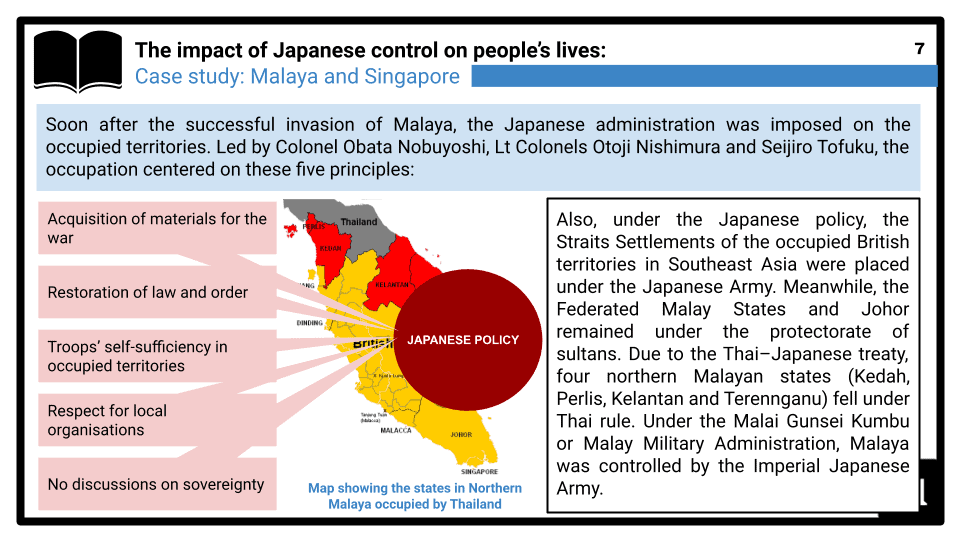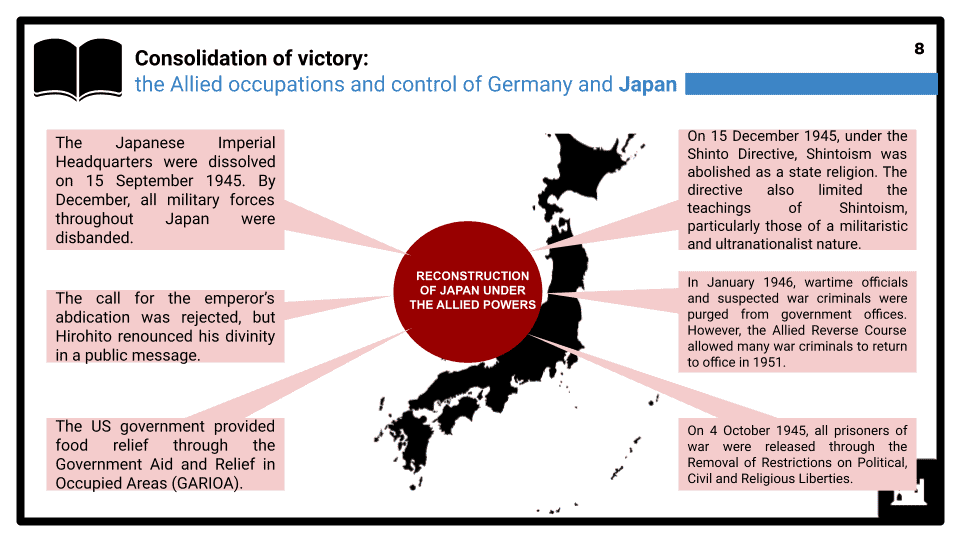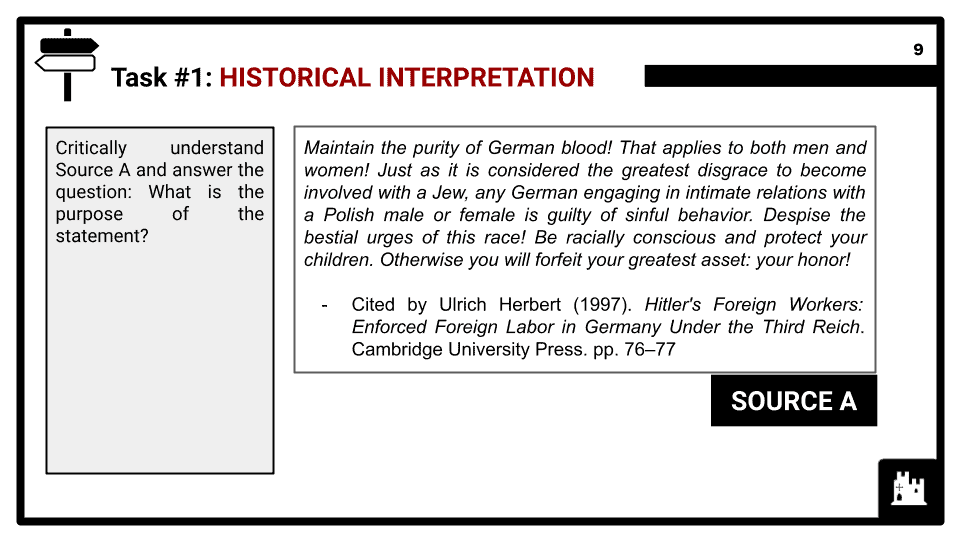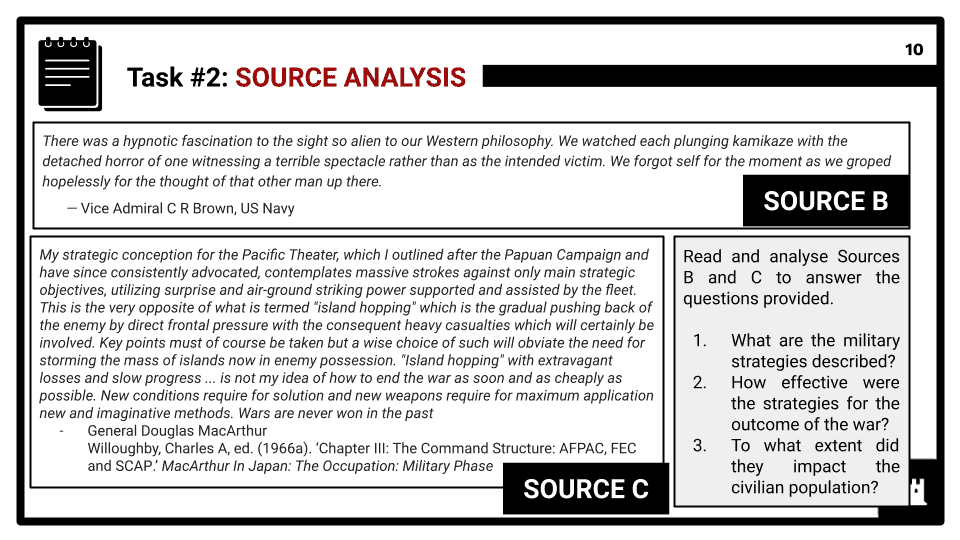Teach any CIE module: The Second World War in Europe and the Asia–Pacific, 1939–c.1945, no prep needed!
Do you want to save dozens of hours in time? Get your evenings and weekends back? Be fully prepared to teach any CIE GCSE topic C?
Every CIE topic C is covered, and each module comes complete with:
Depth Study E: The Second World War in Europe and the Asia–Pacific, 1939–c.1945
How did the Second World War in Europe develop?
• To what extent had Nazi Germany gained control of Europe in 1940?
• Why was Germany unable to conquer Britain?
• Why did Hitler invade the Soviet Union in 1941?
• Why was the Battle of Stalingrad a turning point?
How did the Second World War in the Asia–Pacific develop?
• How did US–Japanese relationships deteriorate?
• How successful was the Japanese attack on Pearl Harbor?
• Why were the Japanese successful in the initial stages of the war?
• Why was the Battle of Midway a turning point?
What was the impact of war on civilian populations in Europe and the Asia–Pacific?
• What was the impact on civilians of the bombing of Britain (1940–41) and Germany (1943–45)?
• How did Japanese control impact on peoples’ lives?
• What were the experiences of civilian populations in Nazi-occupied Europe?
• How effective were resistance movements in Europe and the Asia–Pacific?
How did the Allies achieve victory over the Axis powers?
• What was the importance of the Allied advance through Italy?
• Why was Nazi Germany on the point of collapse by April 1945?
• Why were the Allies able to achieve victory over Japan?
• How did the Allies consolidate their victories in Germany and Japan?
Further specified content can be found on page 17 of the Cambridge IGCSE Syllabus handbook (For examination in 2024-2026)




